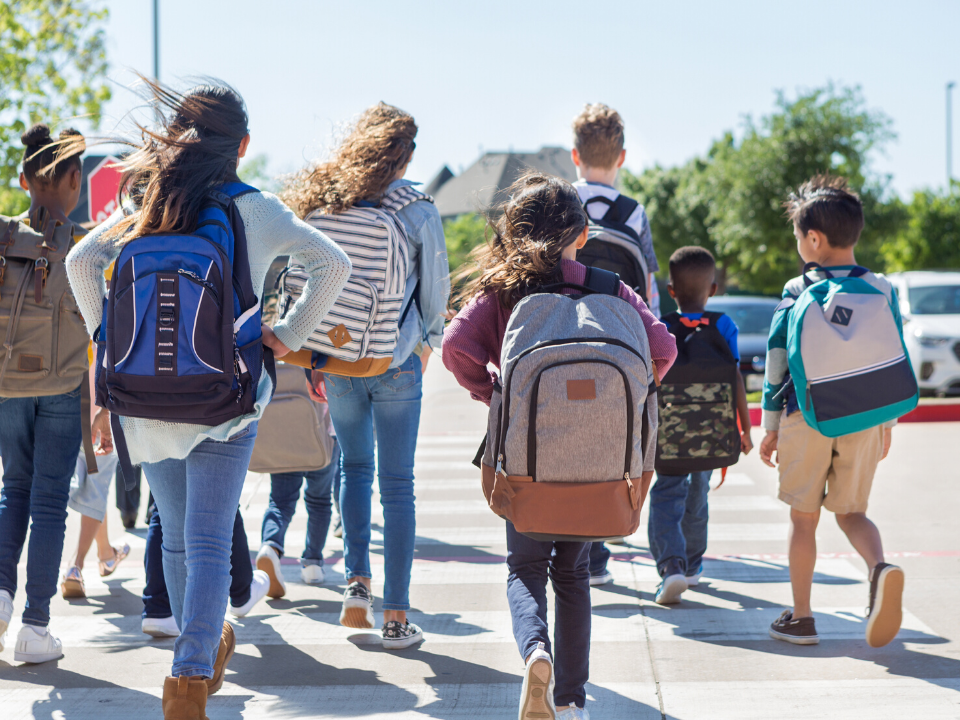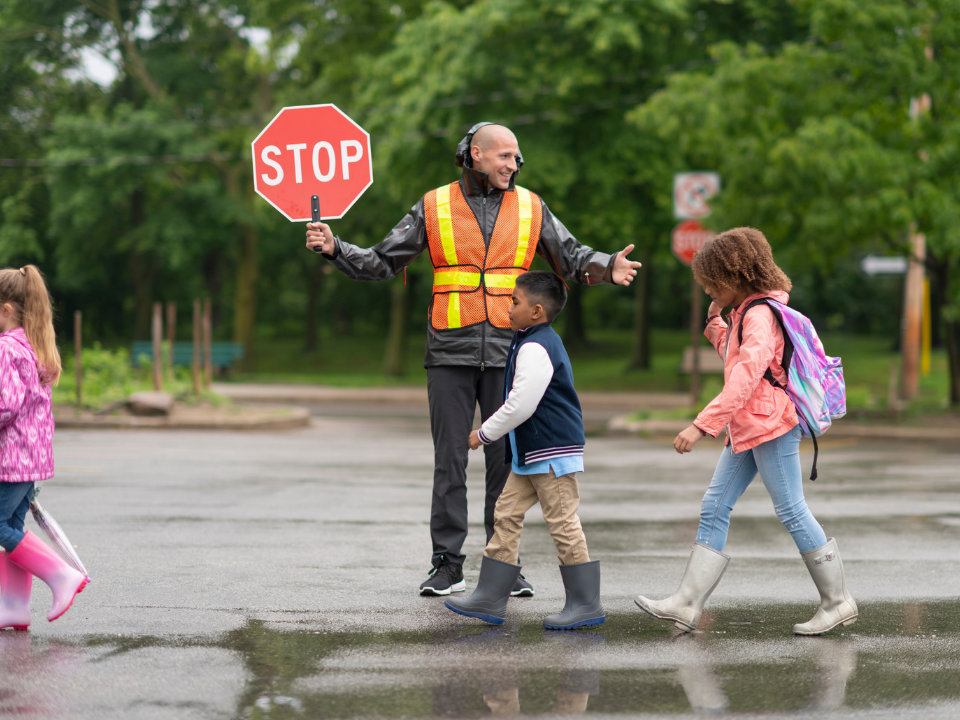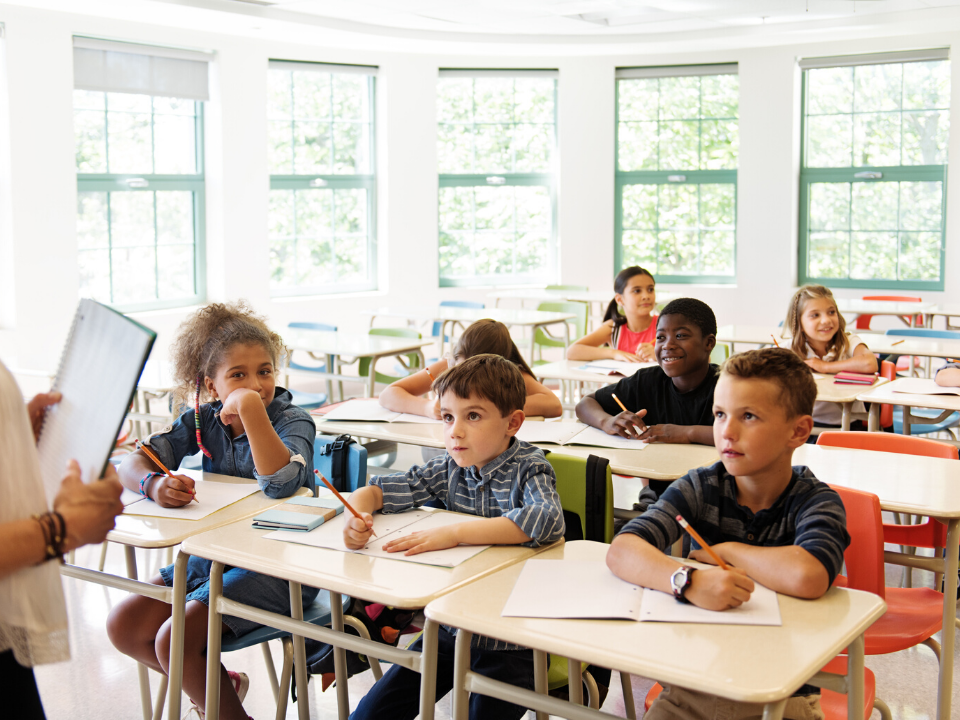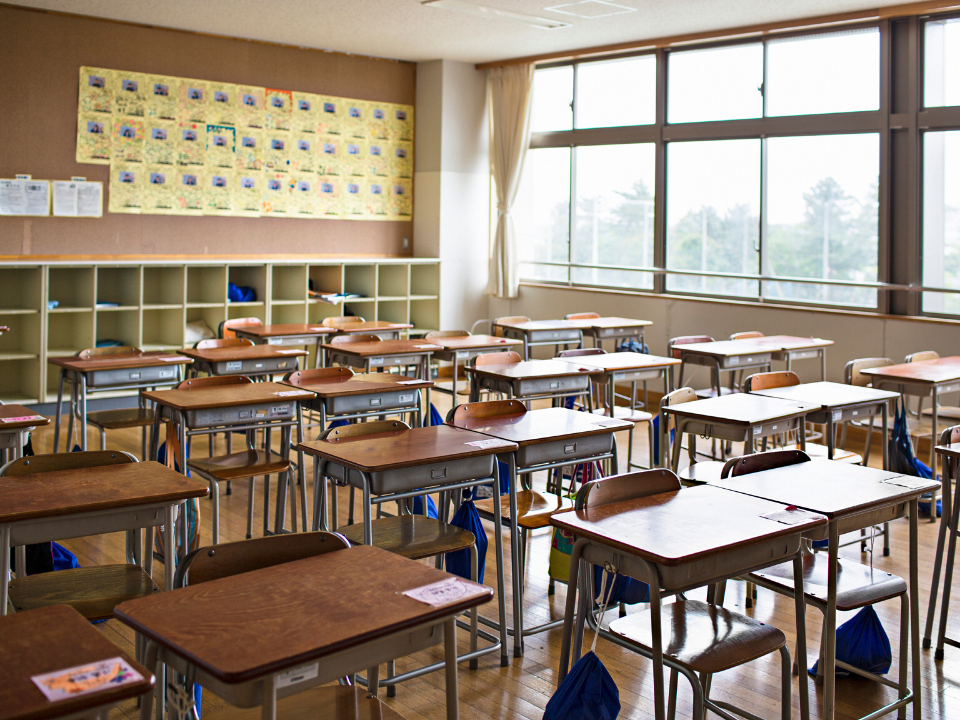
Sacred Heart School — Case Study
November 6, 2019
November Friendship Poster
November 8, 2019Nearly every day, emergencies affect schools across the country. Undoubtedly some hazards may be out of administrators' control, like earthquakes, school violence, infectious diseases, and intruder threats. Yet, schools and districts hold a responsibility to diminish the impact from potential hazards to ensure the safety and protection of their students and staff.
School safety is a concern for everyone in the community. It is also a legal concern. Schools are liable for injuries or damages if they do not make good-faith decisions and efforts to provide a safe and secure environment.
School safety is a concern for everyone in the community. It is also a legal concern. Schools are liable for injuries or damages if they do not make good-faith decisions and efforts to provide a safe and secure environment.
What is liability?
Liability is the legal responsibility for another person's injury or damages. A school’s employees, staff, or agents can be held legally liable for losses, injuries, or damages for a person or persons on school property.Before we alarm you too much with potential legal liability concerns, there are standards for holding someone accountable for injury or damages. Standards differ depending on who or what caused the injury. For a person to be held liable for an individual's injuries, the injured must prove that the accused had a legal responsibility to protect them from harm. The individual must also show that the accused failed to protect them from injury.

Negligence is therefore only proved if the accused party failed to act within their legal responsibility, within reason, to protect other individuals.
So how does this relate to school districts? Schools are held legally liable for damages or injuries to individuals if the school in question failed to act within reason to alleviate or prevent the injuries or damages. In short, we call this failing to mitigate liability.
So how does this relate to school districts? Schools are held legally liable for damages or injuries to individuals if the school in question failed to act within reason to alleviate or prevent the injuries or damages. In short, we call this failing to mitigate liability.
What is Mitigation?
Mitigation focuses on actions schools and districts can take to eliminate or reduce the loss of life, injury, and property damage due to an emergency. Ideally, schools will stop emergencies from occurring altogether. But that isn't realistic. Mitigation is a practical and attainable activity to ensure schools are reducing their liability and protecting their community.Implementing Mitigation for School Safety
Before we dive into why and how to implement mitigation, we want to run through the Five Mission Areas of School Preparedness.Five Mission Areas of School Preparedness
- Prevention is the actions schools and districts take to avoid a threat or incident from occurring.
- Protection is the ongoing actions schools and districts take to keep students, staff, and the school safe from a threat.
- Mitigation is centered around schools' and districts' actions to reduce loss, injuries, or damages due to an emergency.
- Response is putting the school's or district's emergency plans into action during and after a threat.
- Recovery is where the school or district reviews and partners with the community to restore day-to-day educational programs, operations, and emotional, behavioral support after a threat or incident.
How to Implement Mitigation Before, During, and After an Emergency
Below we've outlined mitigation activities administrators can perform in the mission areas of Prevention, Protection, Response, and Recovery. We'll use the example of a school intruder threat.Prevention and Mitigation
Prevention of a school intruder from accessing a facility is not impossible, but as we've seen, it is not entirely preventable. While the school may not be able to stop the dangerous intruder from entering the premise, the school may be able to reduce its impact. Mitigation efforts for preventing a school intruder can be securing the building with restricted access, identification badges, or a visitor registration process.Efforts to deter or completely prevent an intruder from gaining access to the school premises is a mitigation activity all schools can implement to reduce liability.
Protection and Mitigation
Ongoing activities to prevent a school intruder can also overlap with mitigation efforts. These ongoing activities can include training teachers, students, and staff or having security personnel monitoring entrances.Response and Mitigation
Immediate and effective responses can help reduce loss, injuries, or damages. In the case of a dangerous intruder, schools can respond with lockdowns at two different times:- Lockdown when the threat is outside the school
- Lockdown when the threat or intruder is inside the school
Recovery and Mitigation
In the aftermath of an emergency, the recovery stage is a time to evaluate each stage (Prevention, Protection, and Response) and identify and implement new mitigation efforts. A dangerous intruder may have gained access because of a blind or weak point in your school security. Recovery could also include offering counseling to students and staff.School personnel should work with partners to analyze and implement improvements to the school's safety and protection plans.
Safety and Security Mitigation Activities
Administrators should plan and implement mitigation activities for safety and security. We've gathered a set of mitigation activities you should consider implementing at your school:- Conducting exercises to practice how to respond in an emergency
- Verifying and educating staff on the school's or district's emergency operations plan
- Establishing and strengthening community partner relationships who may play a role in helping in an emergency (e.g. local fire department)
- Acquiring and storing emergency resources, such as a back-up generator, tools, lights, or medical kits
- Providing emergency supplies for administrators, classrooms, teachers, and students (medication, food, water, etc.)
How KeepnTrack Will Help You Mitigate Liability
KeepnTrack will help you implement mitigation activities by helping you to track, manage, and report on everyone that steps foot on your campus.- Prevention. KeepnTrack will screen visitors and identify threats before they gain access to your facility by running instant sex offender and criminal background checks. Additionally, you can use KeepnTrack to take the guesswork out of releasing students to approved guardians.
- Protection. Visitors can automatically register themselves with a simple scan of their driver's license and receive a color-coded badge. Administrators will have the ability to differentiate each visitor and determine when and where each visitor should be.
- Mitigation. KeepnTrack will reduce liability by eliminating inconsistencies or human error that often happens as a result of analog record keeping.
- Response. Send and receive alerts from KeepnTrack when guests arrive or if threats rise.
- Recovery. Make confident decisions based on the comprehensive data in KeepnTrack's records, which are stored in the cloud.




